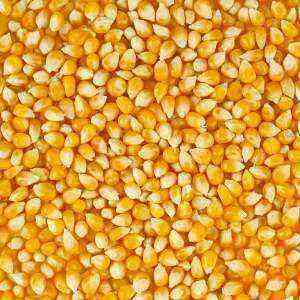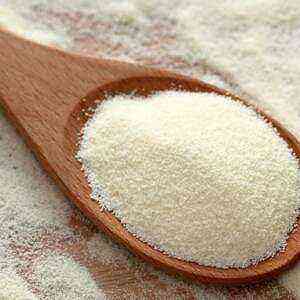Grapefruit (Citrus paradisi) is a perennial evergreen tree of the rue family of the citrus subfamily. Grows in the subtropics, native to India.
The name “grapefruit” was given to the fruits of this tropical tree in Jamaica, where traders began to call them that. At the end of the 19th century, these fruits became known everywhere, and in the United States began to cultivate fruit trees on an industrial scale. Nowadays, they are also actively grown in Brazil, Israel, the Caribbean. Grapefruit trees are not found wild – presumably a hybrid of an orange and a pomelo.
The grapefruit looks like an orange – it is also a round large orange citrus fruit. However, it differs in taste (more tart and bitter) and the color of the flesh – reddish-pink, and not orange, like an orange.
Grapefruit composition
Grapefruit, like other citrus fruits, is very rich in vitamins and other valuable substances. Particularly important in the composition of the pulp are: vitamins C, B2, P, provitamin – carotene. Contains potassium, calcium, organic acids, natural sugars, natural fibers, phytoncides, bioflavonoids. The fruit rind is rich in valuable essential oils. The calorie content of grapefruit is low – 35 kcal per 100 grams.
Useful Properties
In small quantities, grapefruit is very useful for the body – it saturates with vitamins, improves metabolism, removes excess water from the body and, as a result, contributes to weight loss. Freshly squeezed juice enhances glandular secretion and improves digestion.









































